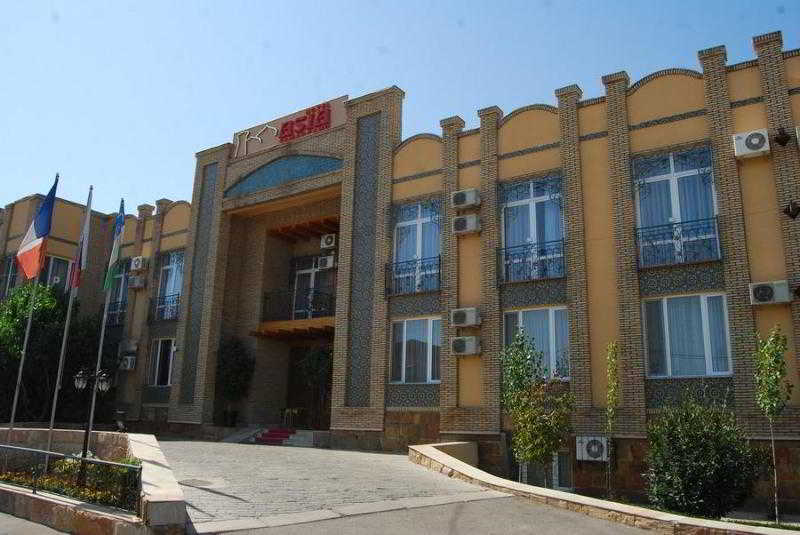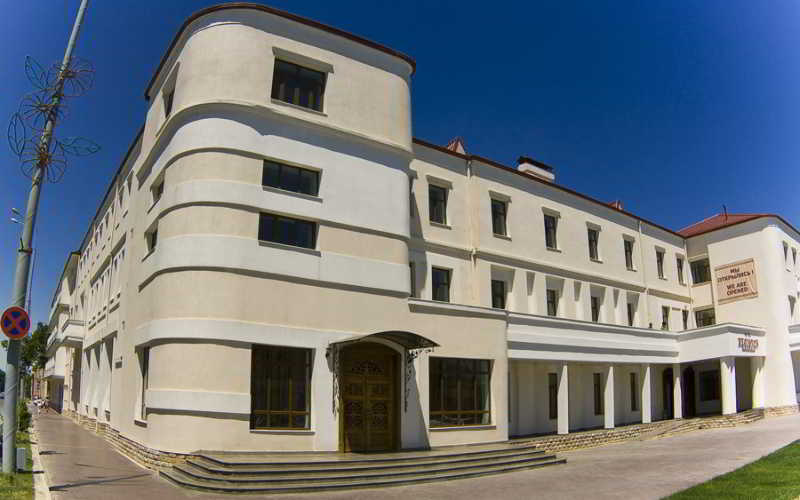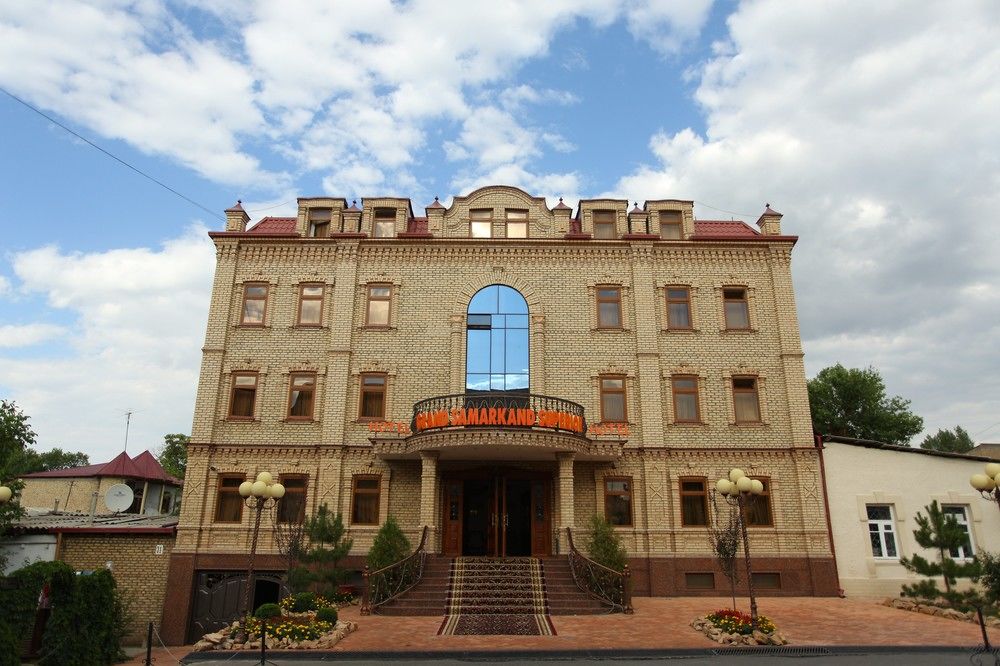サマルカンドホテル検索結果
AIが見つけた軒のホテルの最安値をご覧ください。
ベストホテル
最安値のホテル
ホテル等級
AIおすすめ
サマルカンドベストホテル
サマルカンド 最低価格のホテル
最高評価のホテル
サマルカンドにある4つ星ホテル
サマルカンドにある3つ星ホテル
AIがおすすめする世界の旅行先
サマルカンド近くのホテル情報
サマルカンド 旅行に欠かせない情報
“The Center of the Old Silkroad”
Samarkand (; Uzbek language: Samarqand; Persian: سمرقند; Russian: Самарканд), alternatively Samarqand, is a city in modern-day Uzbekistan, and is one of the oldest continuously inhabited cities in Central Asia. There is evidence of human activity in the area of the city from the late Paleolithic era, though there is no direct evidence of when exactly Samarkand was founded; some theories propose that it was founded between the 8th and 7th centuries BCE. Prospering from its location on the Silk Road between China and the Mediterranean, at times Samarkand was one of the greatest cities of Central Asia.By the time of the Achaemenid Empire of Persia, it was the capital of the Sogdian satrapy. The city was taken by Alexander the Great in 329 BC, when it was known by its Greek name of Marakanda. The city was ruled by a succession of Iranian and Turkic rulers until the Mongols under Genghis Khan conquered Samarkand in 1220. Today, Samarkand is the capital of Samarqand Region and Uzbekistan's second largest city.The city is noted for being an Islamic centre for scholarly study. In the 14th century it became the capital of the empire of Timur (Tamerlane) and is the site of his mausoleum (the Gur-e Amir). The Bibi-Khanym Mosque (a modern replica) remains one of the city's most notable landmarks. The Registan was the ancient center of the city. The city has carefully preserved the traditions of ancient crafts: embroidery, gold embroidery, silk weaving, engraving on copper, ceramics, carving and painting on wood. In 2001, UNESCO added the city to its World Heritage List as Samarkand – Crossroads of Cultures.
Modern-day Samarkand is divided into two parts: the old and new city. The old city includes historical monuments, shops, and old private houses, while the new city includes administrative buildings along with cultural centers and educational institutions.
 時間 UTC+05
時間 UTC+05 通貨 UZS
通貨 UZS 言語 Uzbek, Russian, Tajik,
言語 Uzbek, Russian, Tajik, Staypiaだけの特別な特典
リアルタイムホテル最安値比較
AIが見つけたin サマルカンドの軒のホテルのリアルタイム最安値を簡単に比較検索できます。
316万軒のホテルを最安値で予約
最低価格に最大31%追加メンバーシップ割引でさらにお得にご予約いただけます。
自分だけの
AIがリアルタイムで更新するサマルカンド旅行情報で便利に旅行を準備しましょう。
よくある質問
一般的なホテルの場合、客室予約はキャンセル締切日前まで無料返金が可能です。キャンセル締切日以降は手数料が発生する場合がありますので、ホテルバウチャーまたはメニュー>マイ予約でキャンセル締切日をご確認ください。
ステピアでは、AIが収集した316万件のホテルの最安値はもちろん、会員限定の追加割引価格で人気ホテルを予約することができます。















